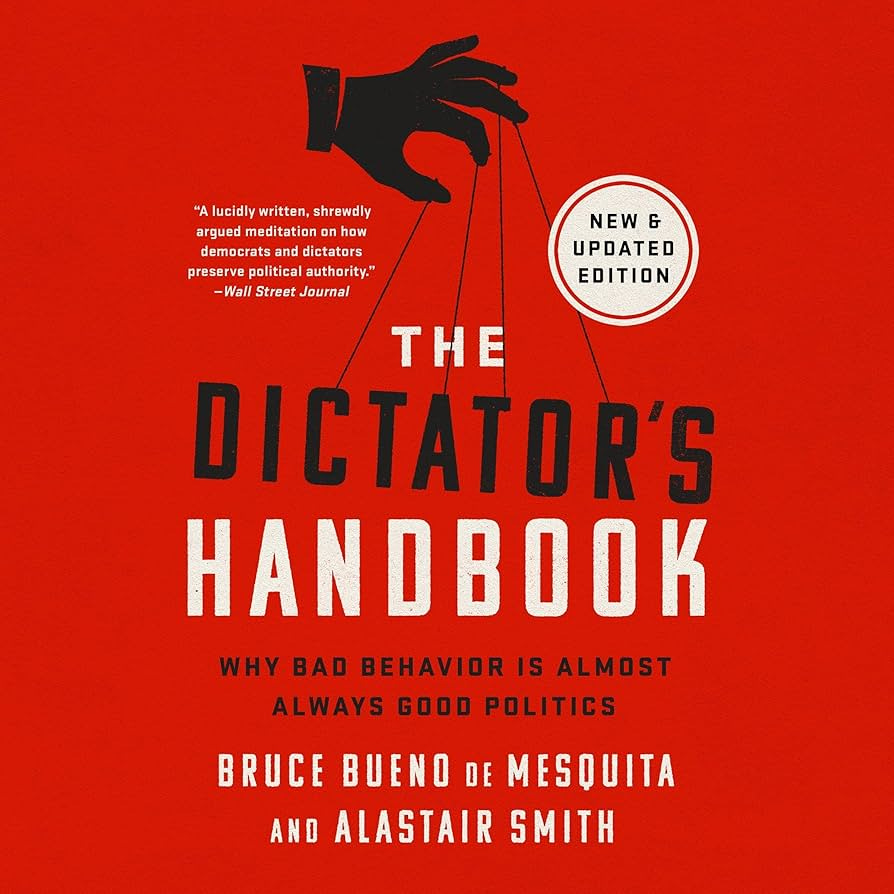How Trump Uses Media, Disinformation, and Public Perception to Secure Power
Manufacturing Consent in the "Age Of No Reason"
In our last discussion, we explored how The Dictator’s Handbook explains Trump’s approach to power—not as a moral choice, but as a survival strategy. Leaders don’t govern out of benevolence; they rule to maintain control, rewarding loyalists and eliminating threats. Now, we turn to the next puzzle piece: controlling the narrative.
If power is about maintaining control, then controlling perception is equally important. The battle for power is fought as much in the media as it is in the corridors of government. Today, we analyze how Trump, like autocrats before him, has mastered media, disinformation, and perception to solidify his grip on power.
The Strongman’s Playbook: Controlling the Narrative
Authoritarian leaders don’t just wield power through political maneuvering—they shape how people think about power. Controlling the media landscape is critical for survival.
Historical Playbook: Lessons from the Past
Hitler & Goebbels: The Nazis mastered propaganda, using mass rallies, film, and radio to create a myth of national unity while demonizing enemies.
Mussolini: Controlled newspapers and radio, ensuring only state-approved messages reached the public.
Putin: A modern master of media control, using state-run television to craft a narrative of Russian strength while suppressing dissent.
Trump’s Approach: Unlike historical strongmen who took over state media, Trump co-opted an existing media ecosystem, turning it into his propaganda machine.
The playbook of a strongman isn’t written in ink. It’s written in spectacle, in deception, in the slow erosion of truth itself. Every autocrat understands that brute force alone won’t keep them in power. They need a story—a version of reality so compelling and relentless that people begin to accept it as truth.
Donald Trump didn’t invent this strategy, but he mastered it.


